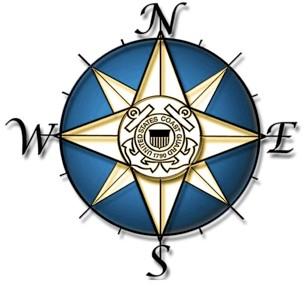This event has been postponed indefinitely due to unforeseen circumstances. A new date for the seminar will be announced later in the year.
Abstract:
Our research encompasses understanding the neurobiological mechanisms that underlie our sense of spatial orientation and our abilities to navigate. Animals require two types of fundamental information for accurate navigation: location and directional heading. Our studies have focused on understanding our sense of direction, and in particular, a population of limbic system neurons, referred to as ‘head direction (HD) cells’, which discharge as a function of the animal’s directional heading. My talk will focus on what is the spatial reference frame used by head direction cells when an animal is moving in three dimensions? I will present data showing how the head direction signal is important for forming a flexible representation of space in the brain (cognitive map) and some new findings showing how head direction cells respond when an animal travels different routes in 3-D space in order to reach the same point. If head direction cell properties are commutative (i.e., 2 + 3 = 3 + 2), then the route traveled should not matter. Finally, I will discuss our findings in relation to the vestibular system and the implications it has for human perception of 3-D space.

Biography:
B.G.S. – University of Michigan, 1974
Ph.D. – University of Washington, 1986; Physiology & Psychology
Post-doc – SUNY Downstate Health Science Center, NY, 1988
Post-doc – University of California, Irvine, 1990
Faculty – Dartmouth College, NH, 1990-2019
No need to book, just turn up!
